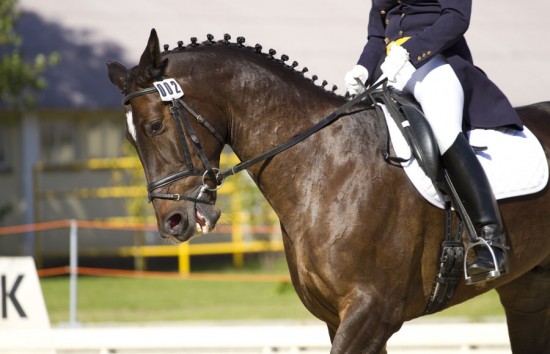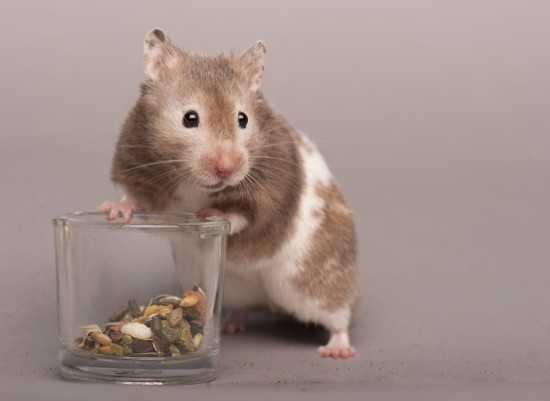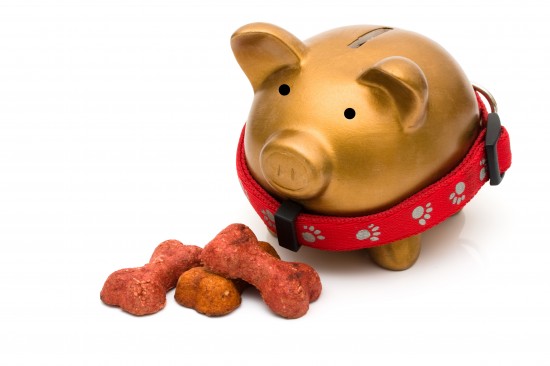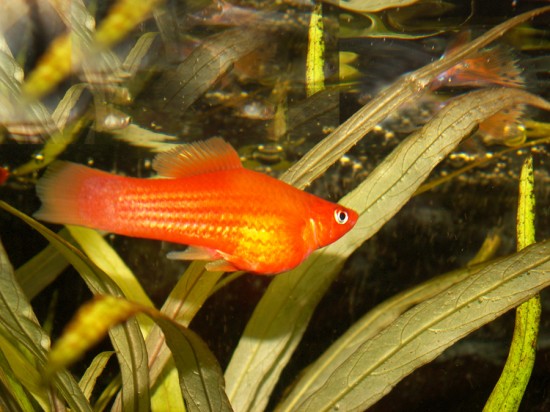
There are plenty of obligations to take in raising a puppy or dog. Proper crate training is among these. Crates will serve as their shelter where they can snooze, eat or run to when they're in danger. Crate training a puppy could be difficult and mind-numbing. Significant amount of knowledge on how to crate train a puppy is just what the pet owner needs to achieve this undertaking.
You must know first the breed of your puppy or dog to ensure great results in crate training. If your pet belongs to the small dog breed, then it is fine to have a medium-sized crate. This size would be enough for your pet to sit, stand, lie down when sleeping, and move around. Alternatively, large crates are suggested to those big dogs like the American/English Foxhound and Golden/Labrador Retriever.
You will have to put in the required crate accessories after you have known the finest size for your pet's crate. Comfortable crate pads, crate mats, stainless steel cups and pails are some of the components that you should pile up for your pet inside. The resilience and convenience of using the crate that you want should be considered first. Furthermore, its door must be easy to lock and unlock to prevent hassles when securing the dog in or taking him out.
Thorough introduction of the crate to your dog is the second tip on how to crate train a puppy. As described by the dog experts, this thing needs to be done so that your pet can slowly become ready in adjusting to the refuge where he belongs. Let your puppy or dog have some rest inside the crate and leave him for few hours. If the crate has sufficient space inside, then just get in as well. Your dog won't believe that you are locking or leaving him in the crate if you stay with him inside while in the crate training.
Feed the dog inside the crate; this is the third tip on how to crate train a puppy. Thus, there should be a pail and a stainless steel cup beside his crate where you can place his food and water. In addition, leave your pet inside the crate while he is sleeping. You might listen to the groaning and crying of your pet in the first couple of days of crate training. Nonetheless, you must not be easily caught up by the barks and fierce moves of your dog. Saying ‘no' would be a great move, and make him get back to sleep. Keep in mind that you are the dog's master so he has to adhere to what you say.
When crate training, you must also consider putting your pet inside the crate for couple of minutes when you are at home or heading out. When at home, don't forget to check him every once in a while. If you ever go out, come back after half an hour or so. As soon as you are home, let him walk out of the crate and give him time to play.
The big challenge of crate training is somehow ignored by the trainer due to the enjoyment it brings. If you're raising a dog at home yet have no idea about how to crate train a dog, then fret no more because the online world can offer you plenty of videos that you can always view.
To smoothen things up, try approaching Crate Training with the use of the info being outlined here. There is no question about our cravings of achieving rapid results, but so as to do that efficiently, patience must be employed as well. An internet site you might like to consider is http://www.mydoggytrainers.com/ because it can give you added help when it comes to this topic, therefore do not ever think twice to have it bookmarked.
 Competing In Your First Horse Show
Competing In Your
Competing In Your First Horse Show
Competing In Your
 The Six Main Causes Of Gastrointestinal Disease In Ferrets
The Six Main Caus
The Six Main Causes Of Gastrointestinal Disease In Ferrets
The Six Main Caus
 Information About Rodents For Potential Rodent Owners
Information About
Information About Rodents For Potential Rodent Owners
Information About
 Lifetime Costs Of Dog Ownership
Lifetime Costs Of
Lifetime Costs Of Dog Ownership
Lifetime Costs Of
 Breeding Fish: A Beginners Guide
Breeding Fish: A
Breeding Fish: A Beginners Guide
Breeding Fish: A
Copyright © 2005-2016 Pet Information All Rights Reserved
Contact us: www162date@outlook.com